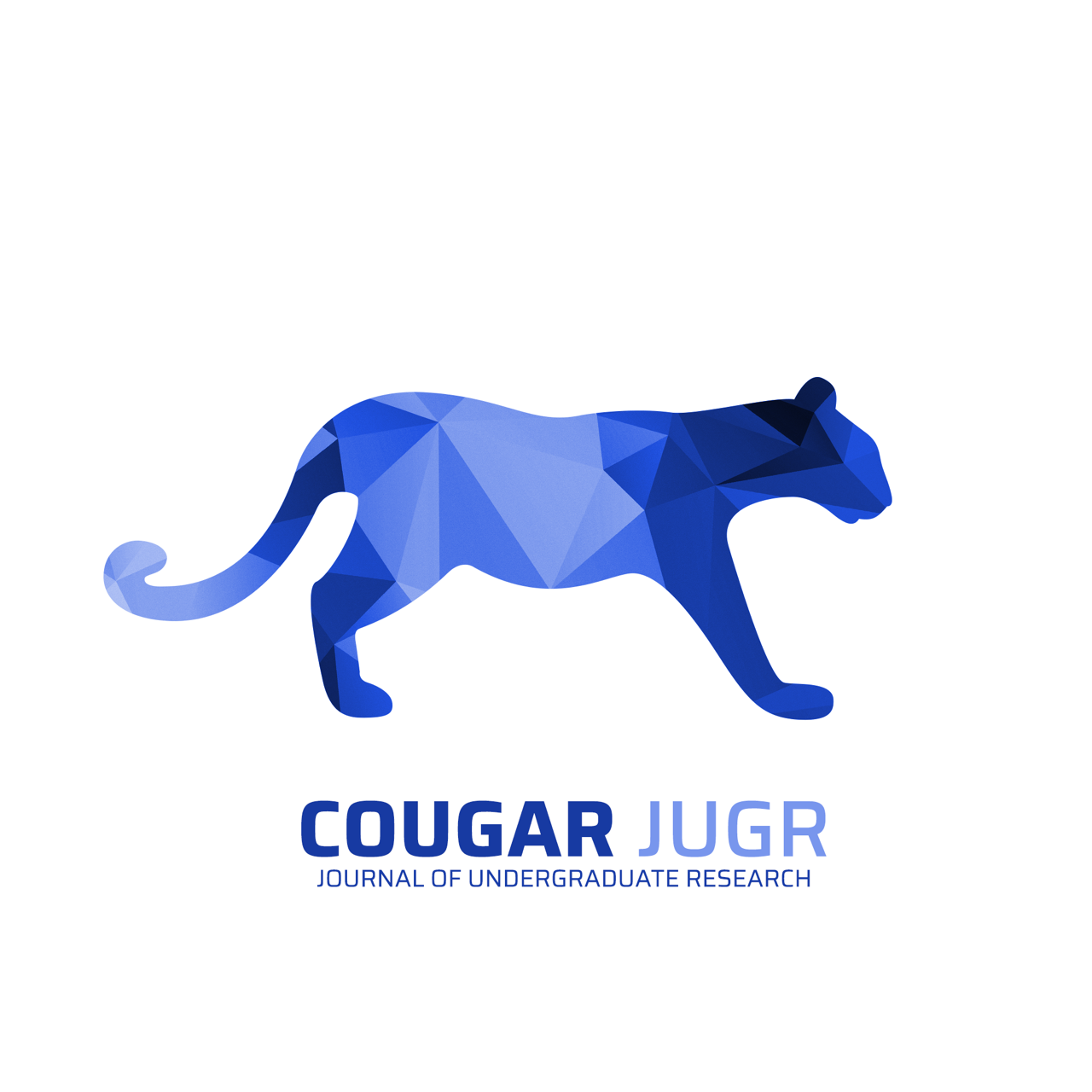Review of osmoregulation mechanisms of vertebrate marine animals, the Dugong dugon, Dermochelys coriacea, Pygoscelis adeliae, and Rachycentron canadum, following ion-loading from food consumption.
Keywords:
osmoregulation, marine, vertebrate, ion-loaded dietAbstract
Seawater allows for a comfortable existence for a wide variety of organisms because it readily contains many dissolved ions necessary for biological function; however, the relative concentrations of ions may be troublesome for some organisms to maintain homeostasis. To combat harmful sodium and chloride ion fluctuations in their internal environment, marine osmoregulatory-organisms have specialized structures to retain or release ions from the body as needed. Excess sodium and chloride ions loading is inevitable given their environments, but as demonstrated by Dugong dugon, Dermochelys coriacea, Pygoscelis adeliae, and Rachycentron canadum, the specialized organs and mechanisms employed by these organisms are all capable of effectively maintaining their plasma osmolality in spite of external conditions.
Downloads
Published
Issue
Section
License
Authors retain copyright of their work. All submissions will be Open Access and distributed under the terms of the Creative Commons Attribution (CC BY) 4.0 license, which permits unrestricted production, distribution, and adaptation, provided that citation of the original work is included.

.jpg)
